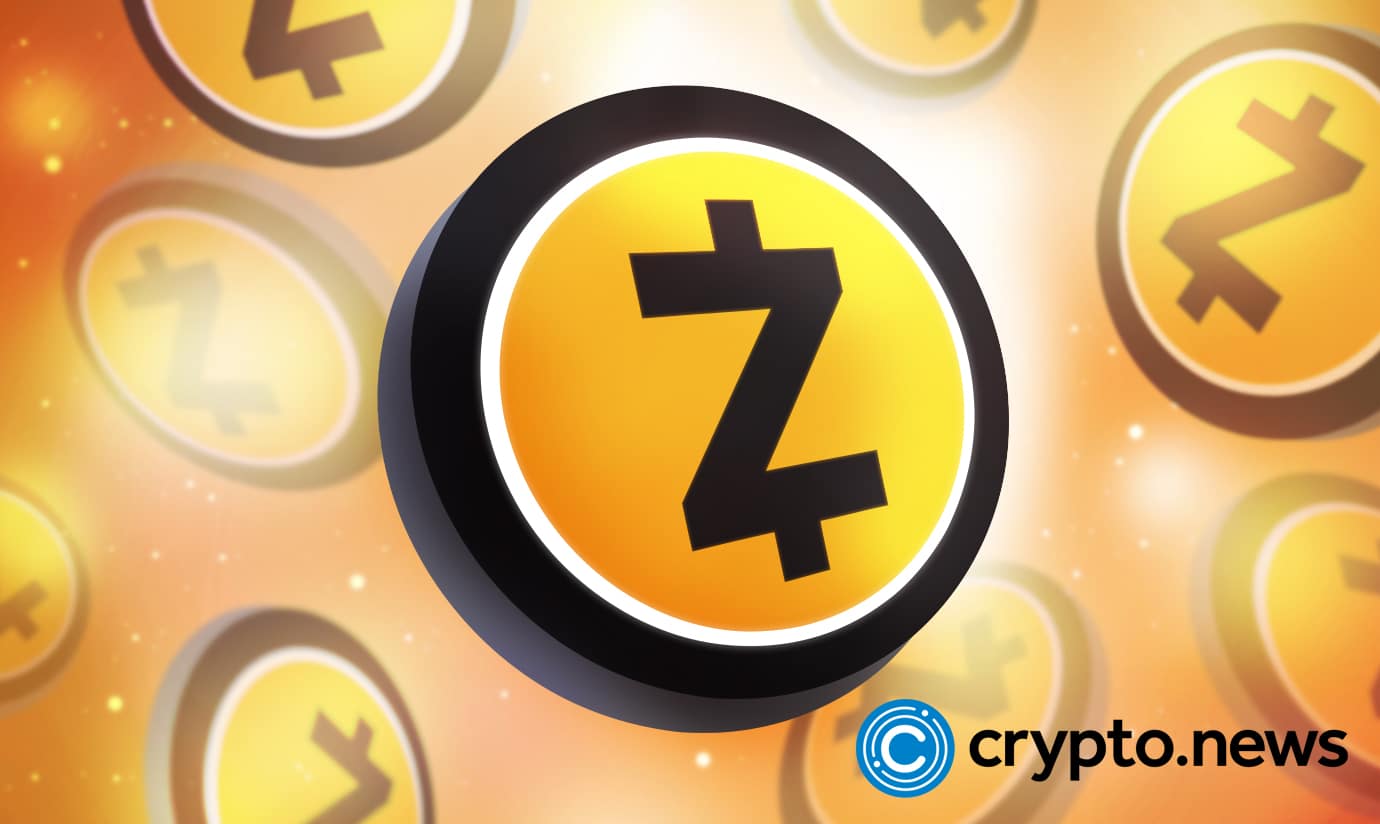Hut 8 is a Canada-based, TSX/Nasdaq-listed mining company. But it doesn’t mine gold or minerals – it mines Bitcoin and was the first mining company to qualify for a listing on a major exchange in October 2019, under exemptive relief for innovative companies through the TSX Sandbox.
Finding an auditor or even a banking relationship was a major challenge for crypto-asset and blockchain companies back then. Being a pioneer in a very new sector with scant institutional research or traction was one of the many initial IR issues faced, along with investor outreach and education, and developing a deep and diverse set of shareholders.

Sue Ennis joined the company as vice president of corporate development near the end of 2020; she has seen a lot happen in 18 months. Her CEO, Jaime Leverton, joined around the same time and together they form a female IR leadership duo in a highly male-dominated industry.
Earlier this year, Hut 8 added cloud and datacenter services to its offerings, aiming to help gaming and metaverse companies build a future Web3 world. Bitcoin price volatility powered Hut 8’s market cap to north of C$3 bn ($2.34 bn) in late 2021, but by early July 2022 – in the ‘Crypto Winter’ – it was down to C$370 mn. The pandemic then saw retail investors grow from 20 percent to 35 percent of all trading, according to one estimate, and Hut 8 was a beneficiary of this trend.
‘WallStreetBets and GameStop flipped IR on its head,’ Ennis says. ‘It was the power of retail investor volumes that helped us reach the S&P/TSX Composite Index of top companies, the first blockchain company to do so.’
How small can be supersized
Along with retail investors, the internet and social media communities are critical to Hut 8’s IR strategy, according to Ennis. ‘The internet is the new decentralized hedge fund,’ she says. With a lack of bank and traditional analyst coverage, buy-side and sell-side investors go to the internet and various community forums for information. Retail makes up about 65 percent of Hut 8’s investor base, and Ennis points out that you can’t ignore small retail investors because many have supersized influence when you consider how freely and quickly information is shared online.
She recalls being new in the job and trying to learn about her investors. ‘I searched Hut 8 on YouTube and noticed a lot of mentions and activity,’ she says. ‘So I left comments in the channels introducing myself, and soon many community organizers started getting in touch with me.’
 YouTube communities talking about Hut 8 are typically started by regular people as a side gig, like Paul Barron, Talkin’ Investing or Zac Hartley, with communities of between a few hundred and 300,000 followers. Today Ennis does regular interviews, Ask Me Anythings and post-earnings calls with multiple social media communities, including on Twitter Spaces and Facebook. ‘Recently we did a YouTube community interview that got about 75,000 views,’ she recalls. ‘Soon afterwards, our inboxes were full of inquiries and questions. It was a huge hit!’
YouTube communities talking about Hut 8 are typically started by regular people as a side gig, like Paul Barron, Talkin’ Investing or Zac Hartley, with communities of between a few hundred and 300,000 followers. Today Ennis does regular interviews, Ask Me Anythings and post-earnings calls with multiple social media communities, including on Twitter Spaces and Facebook. ‘Recently we did a YouTube community interview that got about 75,000 views,’ she recalls. ‘Soon afterwards, our inboxes were full of inquiries and questions. It was a huge hit!’
According to Ennis, these community members are seeking more than just information; it is a cult of people built around their support for Hut 8 and often other blockchain or new economy companies, with a very strong emotional connection. ‘With more people living their lives online and virtually now, they get to know each other, follow each other’s accomplishments, and even do business with each other,’ she explains.
Hut 8’s StockTwits community has 63,000 followers and, according to Ennis, a huge percentage of them are online every day chatting about the company. ‘As an IRO, you must know where your end-customers are and speak to them directly to get the highest ROI,’ she says.
‘Media misinformation’
One of her biggest challenges is ESG: ‘There remains an extraordinary amount of misinformation in the media about the environmental impact of Bitcoin mining so education and lobbying are major priorities for us.’
Hut 8 has chosen ESG metrics relevant to it aligned with SASB and GRI. In 2021, the company set specific targets for reducing its environmental footprint and achieving carbon neutrality by 2025, and outlined a full set of social, governance and other goals in its first sustainability report.
Ennis is up for more change, too. ‘These aren’t just crypto-savvy 18-year-olds in their mom’s basement – we also have value investors,’ she says, adding that many people don’t realize how fast this adaptation is happening: you can now buy Bitcoin in your retirement account through traditional institutions like Fidelity.
Linda Montgomery is a Toronto-based fintech and digital assets marketing executive and an IR professional
This article originally appeared in the Fall 2022 issue of IR Magazine.
Read More: www.irmagazine.com









 Bitcoin
Bitcoin  Ethereum
Ethereum  Tether
Tether  XRP
XRP  Solana
Solana  USDC
USDC  Dogecoin
Dogecoin  Cardano
Cardano  TRON
TRON  Lido Staked Ether
Lido Staked Ether  Wrapped Bitcoin
Wrapped Bitcoin  Chainlink
Chainlink  Avalanche
Avalanche  Stellar
Stellar  LEO Token
LEO Token  Shiba Inu
Shiba Inu  Toncoin
Toncoin  Wrapped stETH
Wrapped stETH  Hedera
Hedera  USDS
USDS  Sui
Sui  Litecoin
Litecoin  Polkadot
Polkadot  Bitcoin Cash
Bitcoin Cash  MANTRA
MANTRA  Bitget Token
Bitget Token  WETH
WETH  Pi Network
Pi Network  Ethena USDe
Ethena USDe  Hyperliquid
Hyperliquid  Binance Bridged USDT (BNB Smart Chain)
Binance Bridged USDT (BNB Smart Chain)  Wrapped eETH
Wrapped eETH  Uniswap
Uniswap  WhiteBIT Coin
WhiteBIT Coin  Monero
Monero  Pepe
Pepe  Aptos
Aptos  NEAR Protocol
NEAR Protocol  Dai
Dai  sUSDS
sUSDS  Ethena Staked USDe
Ethena Staked USDe  OKB
OKB  Internet Computer
Internet Computer  Ondo
Ondo  Cronos
Cronos  Gate
Gate  Tokenize Xchange
Tokenize Xchange  Mantle
Mantle  Aave
Aave